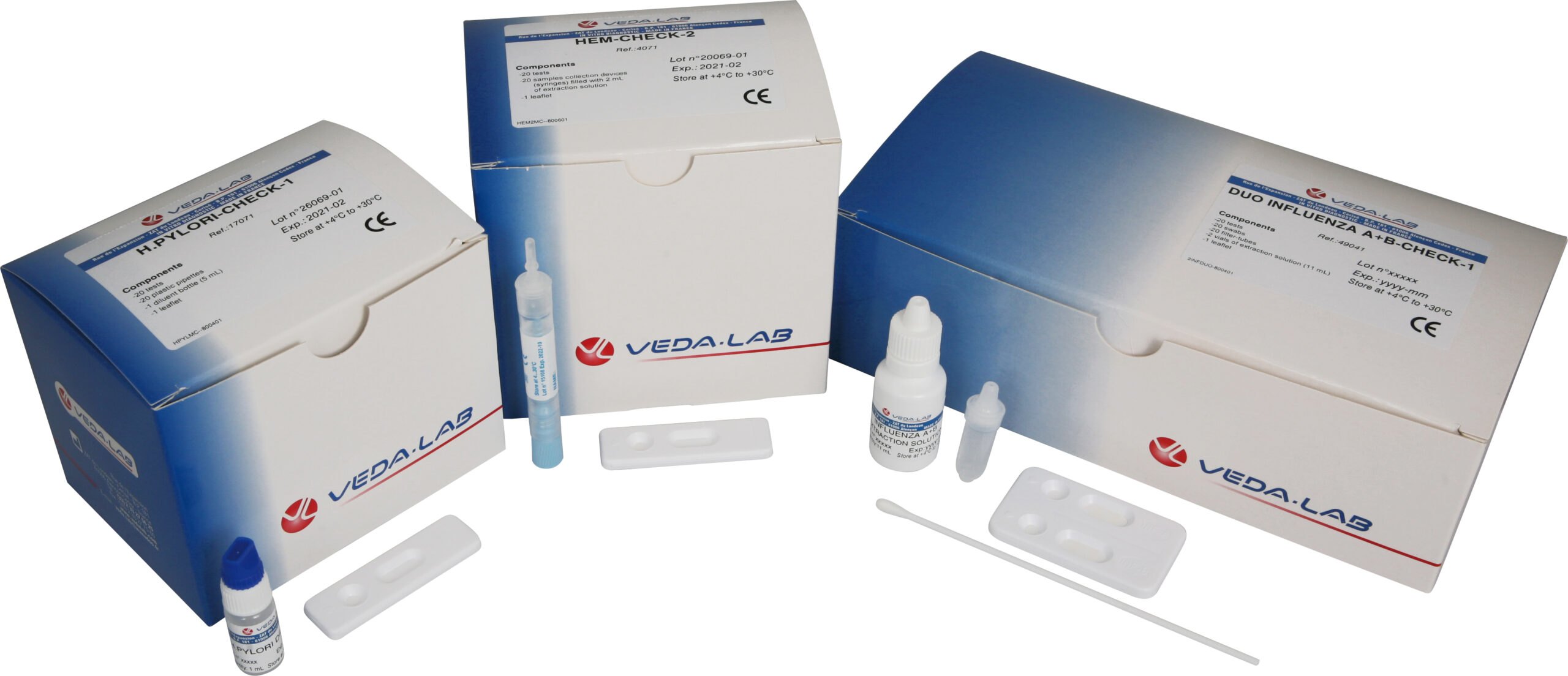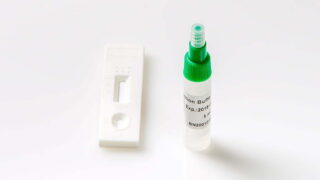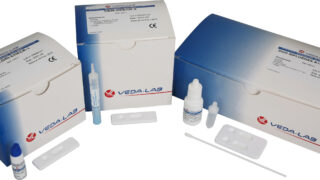Categories
ALT+AST Rapid Test
Alanine transaminase (ALT) and aspartate transaminase (AST) tests are blood tests that measure specific enzymes found in the liver. These tests are important for diagnosing and monitoring liver conditions, such as hepatitis, cirrhosis, or liver injury due to various factors. Elevated ALT and AST levels may suggest liver problems, prompting further evaluation and treatment. Regular testing helps healthcare professionals assess liver health and provide timely care.
Product information
ALT + AST Rapid Tests is a rapid screening test for the simultaneous detection of Alanine Transaminase (ALT) and Aspartate Transaminase (AST) in human serum, plasma and whole blood samples, to be used as an aid for medical healthcare professionals assessing liver function status.
Advantages of ALT+AST test
- Easy to perform
- No complex sample collection needed
- Accurate test result
General information
The ALT+AST test is a lateral flow immunochromatographic test for the qualitative detection of Alanine Transaminase (ALT) and Aspartate Transaminase (AST) in serum, plasma and whole blood samples.
1) ALT
The Alanine Transaminase (ALT) also called Glutamate-Pyruvate Transaminase (GPT) or Alanine Aminotransferase (ALAT), is an enzyme found in many body tissues, but is most common in the liver. It catalyzes the two parts of the alanine cycle and is commonly measured as a biomarker for liver health and most particularly for hepatocellular injury.
Significantly elevated levels of ALT often suggest the existence of medical problems such as viral hepatitis or jaundice, diabetes, congestive heart failure, liver cancer, drug-induced liver injury, liver damage due to cirrhotic diseases, bile duct problems, mononucleosis or myopathy infections.
ALT is therefore commonly used as a screening method for liver problems even if elevated levels may also be due to other reasons, for example, strenuous physical exercise rather than medical liver problems. So far, ALT is commonly assayed in laboratories using enzymatic clinical chemistry methods and starting from serum samples only.
2) AST
The Aspartate Transaminase (AST) also called Glutamate-Oxalate Transaminase (GOT) or Aspartate Aminotransferase (ASAT), is an enzyme found in many body tissues or organs, as well as in red blood cells. AST catalyzes the interconversion of aspartate and α-ketoglutarate to oxalate and glutamate. Despite the fact that AST may be elevated in strenuous physical exercise or diseases affecting many organs as myocardial infarction acute pancreatitis, acute renal diseases, severe burs and trauma, it is still considered to be predominantly a marker of liver function. Serum ALT/AST ratio measurements are frequently used to differentiate between causes of liver damages.
The ALT+AST-Rapid Test consists on a plastic housing containing one stick having 2 distinct detection zones, i.e. one for ALT and one for AST and one control zone. A mixed anti ALT and AST monoclonal antibody colloidal gold conjugate is placed at the left end of the membrane. As the test sample flows through the absorbent device, the labelled antibody-dye conjugate binds to the ALT and/or AST antigens forming an antibody-antigen complex.
This complex binds to a second anti-ALT and/or anti-AST antibody in the detection reaction zone and produces a pink-rose color band when the corresponding plasma concentration measured is greater than 80 IU/L for ALT and/or for AST. The detection threshold was set at 80 IU/L (i.e. 2 ULN, upper limit normal), as plasma concentration of ALT and/or AST upper 2 ULN may represent mild liver injury needing to be explored, 3 ULN being a safety threshold value, which is the gold standard rule for laboratories, and a value upper 5 ULN representing potentially a clinically important liver injury.
In case of ALT and AST concentrations below the threshold of 80 IU/L, there is no line in the detection reaction zone. The reaction mixture continues flowing through the absorbent device past the reaction zone and control zone. A specific blue particles conjugate binds to the reagents in the control zone producing a blue color band, demonstrating that the reagents are functioning correctly.
Test procedure
- Allow samples and ALT+AST test devices to come to room temperature prior to testing.
- Remove the reaction device from its protective wrapper by tearing along the split.
- Label device with the patient’s name or control number.
- Fill the serum dropper with specimens (serum or plasma) and by holding it vertically, dispense one drop (25 μL) into the sample well (▷). If the whole blood is used, dispense two drops (50 μL) into the sample wells (▷) and wait for the whole sample to be completely absorbed before adding diluent.
- Hold the diluent dropper bottle vertically and slowly add exactly 4 drops in the sample well (▷) with an interval of 2-3 seconds between each drop.
- Read the results after 10 minutes. Do not interpret the results after 15 minutes.
Interpretation of the results
Negative result: One blue color band appears in the control zone (C). The plasma ALT and AST concentrations are below 80 IU/L.
a) Positive for AST: In addition to the blue color band (C), one pink/red color band appears close to the blue band on the right side of the detection zone (T). The plasma AST concentration is over 80 IU/L.
b) Positive for ALT: In addition to the blue color band (C), one pink/red color band appears on the left side of the detection zone (T). The plasma ALT concentration is over 80 IU/L.
c- Positive for ALT and AST: In addition to the blue color band (C), two pink/red color band appear on the detection zone (T). The plasma ALT and AST concentrations are over 80 IU/L.
Invalid result: If there is no blue colour band visible in the control zone (C), the test is inconclusive. It is recommended in this case to repeat the test.
| Product name | Alanine Transaminase (ALT) and Aspartate Transaminase (AST) Rapid Test |
|---|---|
| Detection | Alanine Transaminase (ALT) and Aspartate Transaminase (AST) |
| Type | |
| Sample Type | |
| Pack Size | |
| Format | |
| Analyte Detection |
Related products
-
Medical Tests
H. Pylori Antigen Rapid Test
Price requestThe Helicobacter pylori (H. pylori) test is a diagnostic test used to detect the presence of H. pylori bacteria in the stomach lining. This bacterium can cause digestive issues, such as gastritis and peptic ulcers. The test is typically performed through breath, blood, or stool samples and is available through healthcare providers and diagnostic laboratories. It helps diagnose H. pylori infections, allowing for appropriate treatment and management to alleviate stomach-related health problems.
-
Medical Tests
FOB Rapid Test
Price requestThe Fecal Occult Blood (FOB) test, as a stool test, is used to detect the presence of hidden or occult blood in the feces. This test is vital for identifying gastrointestinal bleeding and potential issues such as colorectal cancer, polyps, or other digestive disorders. The test enables the early detection of colorectal health problems, which can lead to timely medical intervention and improved outcomes.
-
Medical Tests
Clostridium Difficile Toxin A/B Rapid Test
Price requestA Clostridium difficile A and B test is a diagnostic tool used to identify specific toxins produced by the C. difficile bacterium in a patient’s stool sample. This test helps healthcare professionals confirm the presence of C. difficile infection, particularly in cases of severe diarrhea and colitis. Rapid detection of these toxins is crucial for timely treatment and infection control in healthcare settings.
-
Hormone Tests
hCG 25mIU/mL Rapid Test
Price requestThe human chorionic gonadotropin (hCG) test is a diagnostic test used to detect the presence of hCG, a hormone produced during pregnancy. This test is typically performed on a serum or urine sample. It is used to confirm pregnancy, as hCG levels rise early in gestation.

 Drug Test
Drug Test Heart Markers
Heart Markers Hormone Tests
Hormone Tests Medical Tests
Medical Tests Microbiology
Microbiology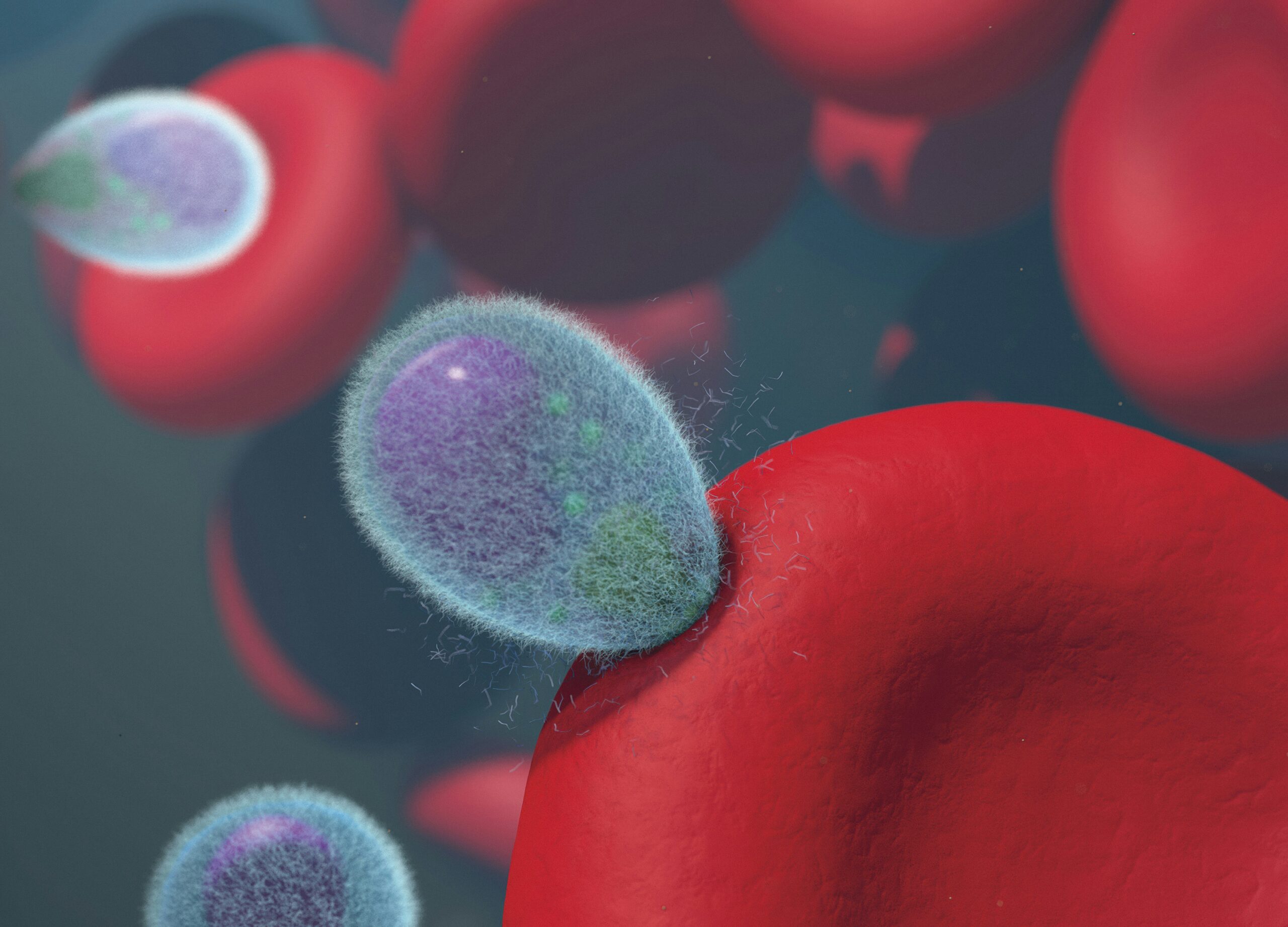 Parasite Infection
Parasite Infection Proteins and Inflammatory Markers
Proteins and Inflammatory Markers Qualitative Controls
Qualitative Controls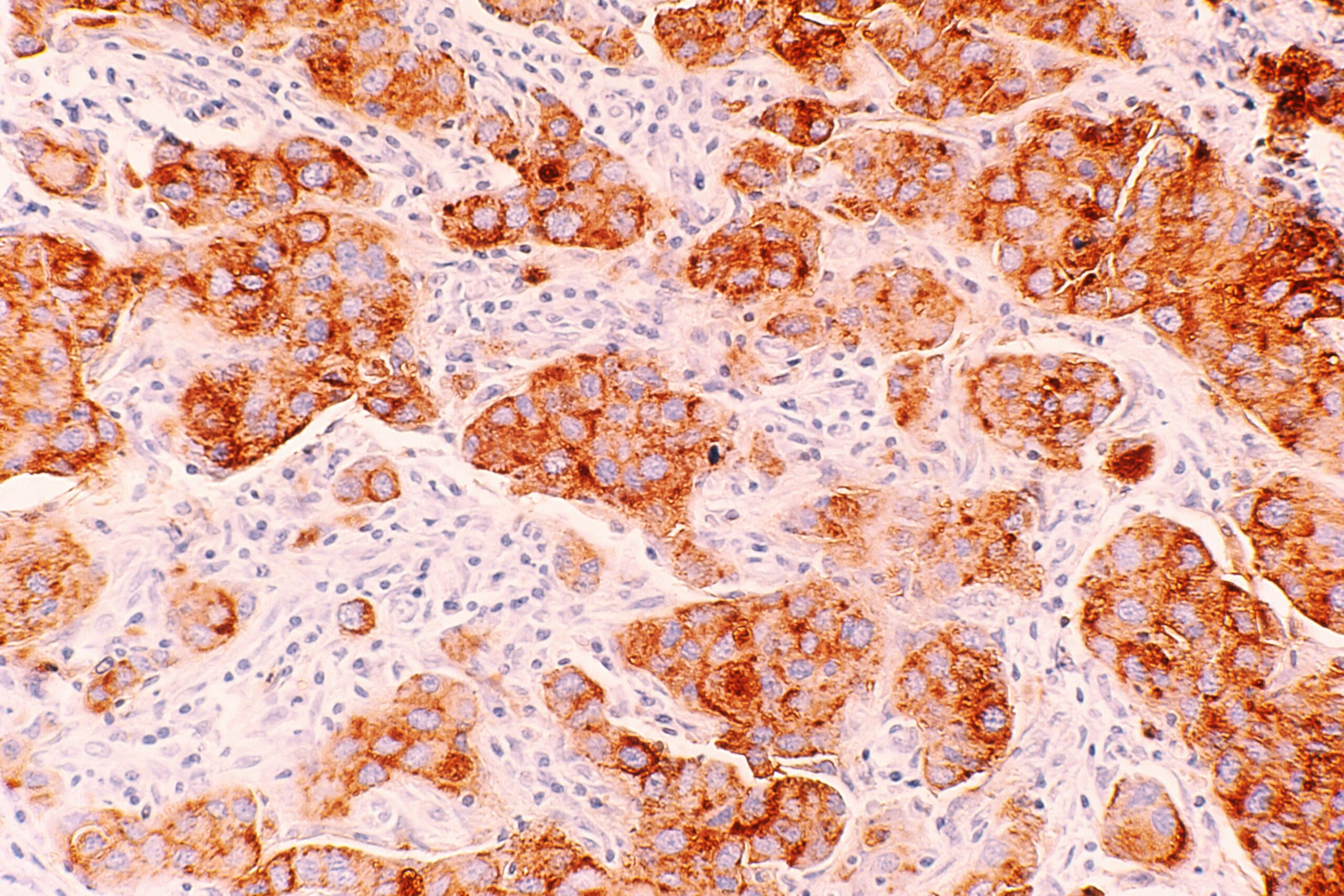 Tumor Marker
Tumor Marker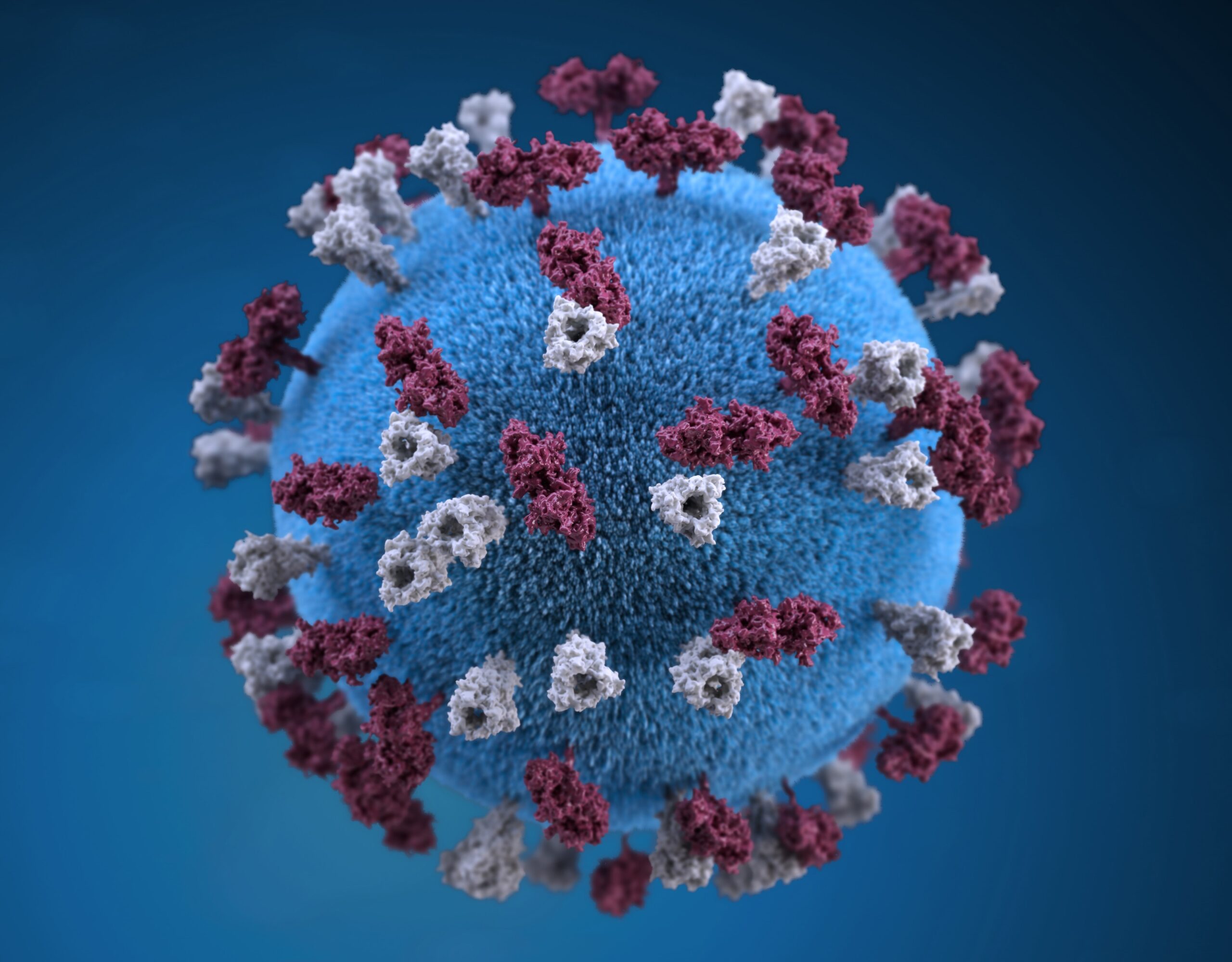 Viruses
Viruses